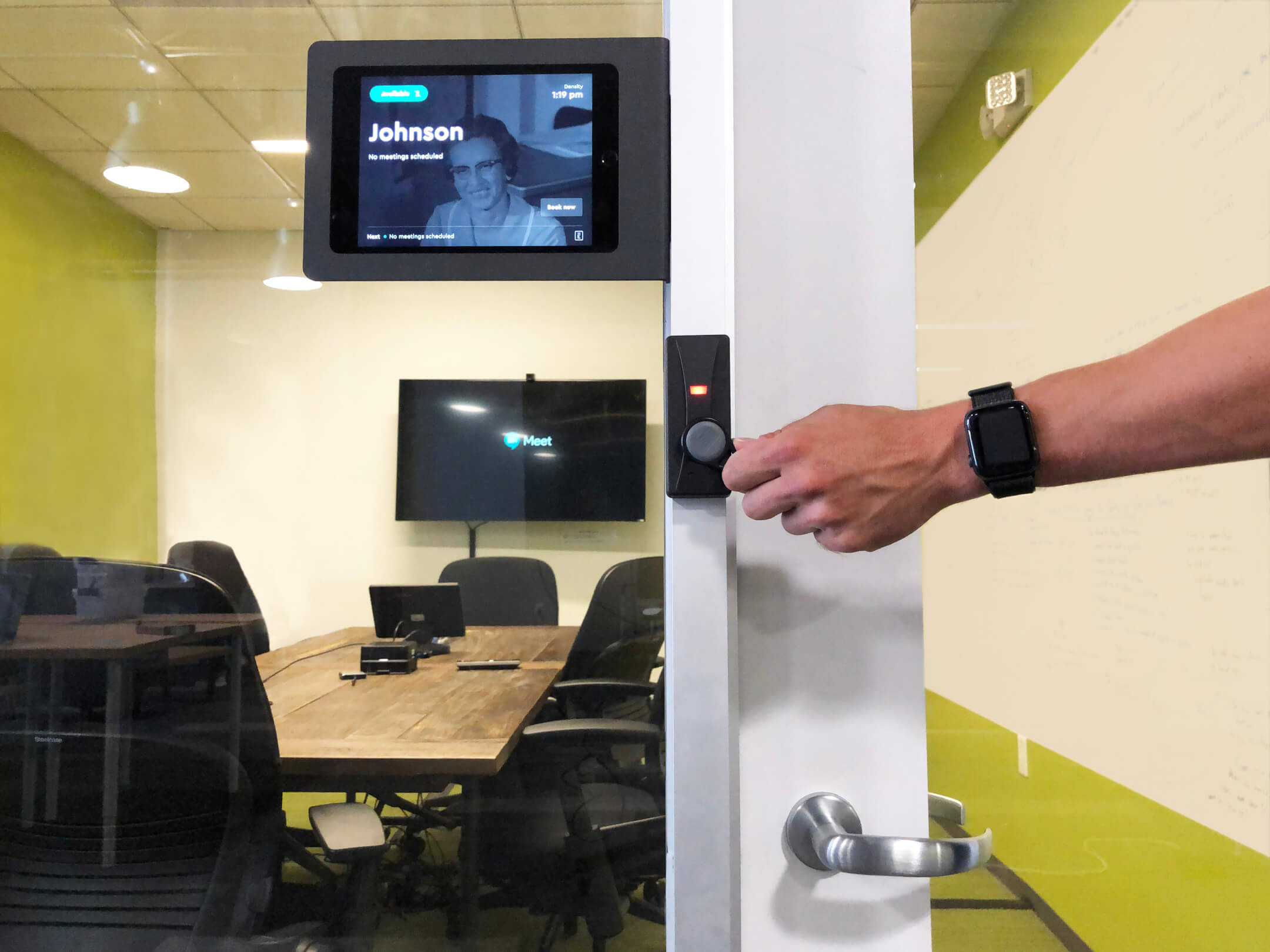What if the buildings we use every day weren’t as secure as we assumed?
Smart buildings today are increasingly designed around the occupant experience. Using data to drive office design, optimizing space utilization, and empowering employees to achieve more are all key to the future of work.
But there are a few prerequisites that some organizations are still skipping past in their rush to modernize their office.
Chief among these is security. A core function of physical security is to control who can access the building.
Nothing illustrates this point like “tailgating.”
This isn’t just a nuisance. It effectively means that companies cannot secure who comes in and out.
While most pay it no mind, this phenomenon sometimes called “piggybacking,” is actually the most common onsite security issue on corporate campuses. We have all seen it happen: an authorized individual gains access to a secure area and then — usually out of politeness — allows others to follow behind them without showing proper identification or swiping a keycard.
Most of the time, there is no actual threat. The trailing person is usually a co-worker or someone else with a perfectly valid reason to be on-site, who just so happened to catch the door at the right time. Likely, however, an ill-intentioned person will eventually enter that same building undetected— and they will have unfettered access to the entire workplace.
According to the Security, Resiliency & Technology (SRT) Integration Forum, 41% of security executives believe the cost of tailgating ranges from $2M to “too high to measure.”
And tailgating can come with massive, sometimes unknowable, costs. Aside from the threat of potential harm to employees, there are many “tailgaters” who enter secure buildings in order to steal valuable items. Beyond stolen goods, Tailgaters may also gain access to what should be “secure” data stored on hard-drives and servers within the building. This puts companies at risk of critical data breaches and other physical hacking invasions. According to the Security, Resiliency & Technology (SRT) Integration Forum, 41% of security executives believe the cost of tailgating ranges from $2M to “too high to measure.”
Inherent to stopping incidents of tailgating is the ability to know who has badged and who hasn’t in real-time. Density’s proprietary people counting solution does just that. We provide instant detection so security teams can react immediately.
By integrating Density’s platform to an organization’s access control system, security personnel can monitor incidents of tailgating as they happen as well as historically over whatever period of time they want to revisit. This type of information enables physical security teams to track unauthorized foot traffic violations on building, floor, area, and/or room levels simultaneously.

On top of that, our solution helps address tailgating by:
- Detecting unauthorized entrances due to tailgating in real-time. When integrated with an access control process, Density can compare the number of badge swipes to people and issue an alert if someone sneaks through
- Displaying the real-time occupancy of every room to enable an effective emergency response. Beyond entrances and exits, you can see where everyone is at all times.
- Showing you which doors are tailgated most often. By tracking tailgating incidents at every entrance, our data will quickly identify where incidents occur most frequently, and educate employees on how to mitigate unauthorized access.
- Reducing risk overall by anonymously counting every person who enters or exits your building.
- Providing unparalleled accuracy powered by algorithms that are based on machine learning and capable of detecting human movement while ignoring other objects.
